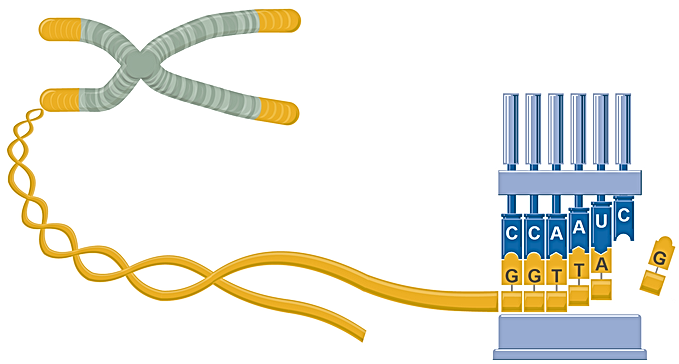top of page

Telomerase
RNA Template
Nucleotide
Telomerase action explained
What's aging?
Aging is just the process of becoming older.
The causes of aging can be ascribed to damage, whereby the accumulation of externally induced damage (such as DNA point mutations) may cause biological systems to fail, or to programmed aging, caused by internal processes (such as DNA telomere shortening). Telomere-shortening can in fact be seen as a programmed aging ‘disease', and could be cured by lengthening telomeres via Telomerase Induction.
.png)
The aging process
Our Mission
Our mission at Defytime is to Induce Telomerase and thus extend telomeres, leading cells to return to a state of youthful gene expression and function. We are currently Inducing Telomerase via Telomerase Activating Molecules [TAM] used in our Gene Induction products and Gene Delivery, available in our Clinics.
Telomeres and Telomerase
Cell division plays a critical role in the normal growth, maintenance and repair of human tissue.
Telomeres are repeated sequences (TTAGGG) of DNA at the ends of each chromosome and are key genetic elements involved with the regulation of cell division. Telomeres shorten every time a cell divides, and once telomeres reach a critically short length, the cell either dies by apoptosis or stops dividing and senesces.

Telomere
DNA
Chromosome Structure
Telomerase is a naturally occurring enzyme that maintains telomeres and prevents them from shortening during cell division. The 2009 Nobel Prize for Physiology for Medicine was awarded to Elizabeth Blackburn, Carol Greider and JackSzostak for the discovery of how chromosomes are protected by telomeres and the enzyme telomerase in an organism called Tetrahymena.
bottom of page
